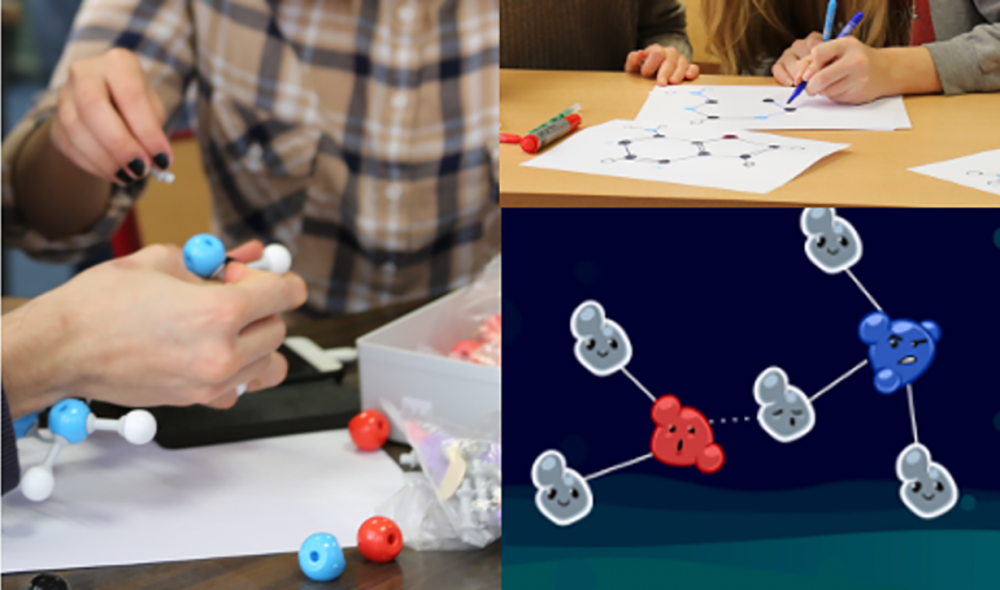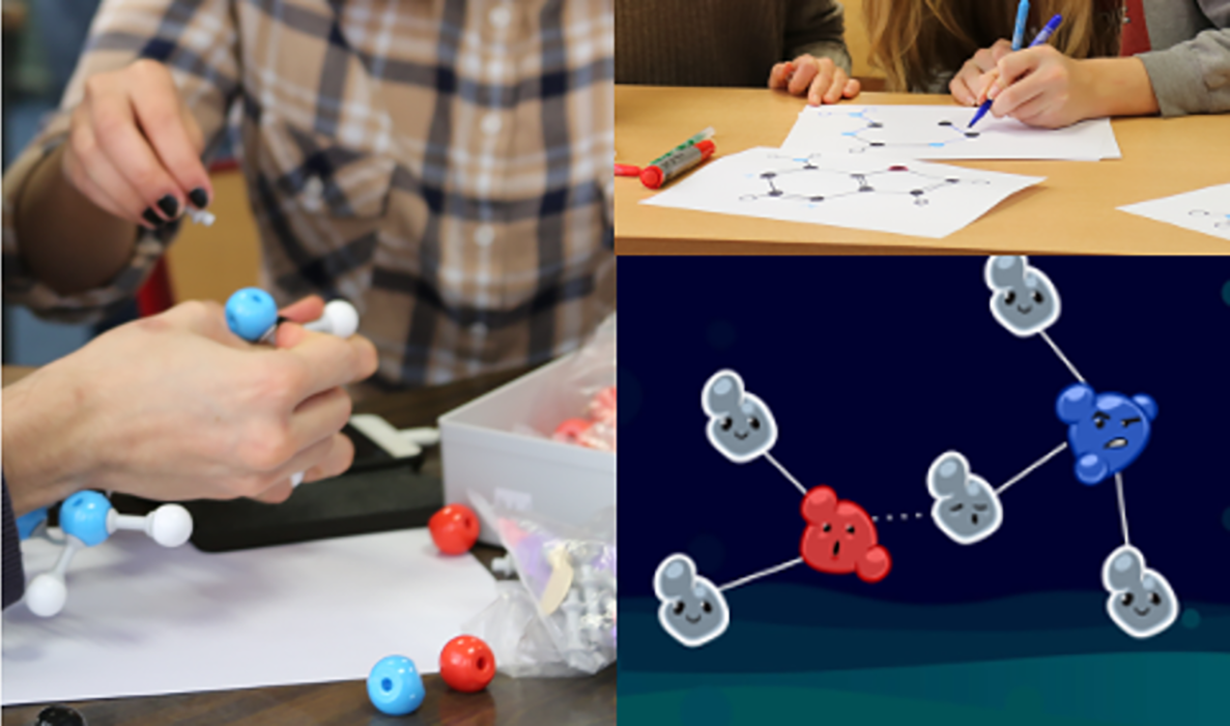The effect of table games and simulations on higher education
As research develops on effective ways to improve the education system, the indication of the effectiveness of table games and/or simulations progresses. It is becoming more and more obvious that there are many ways to stimulate the brain for a more efficient way of processing and understanding. Recent studies now show that table games and similar simulations are one of the ways this is done successfully.
As technology and gaming become a larger part of our daily routine, this is no different from our education routines. As they become deeper implemented into the way of teaching and the older traditional techniques become less effective. This could be down to our lifestyle change from our first years which now revolves more around healthy competition and gaming rather than just playing outside in the fresh air. When implementing games into the educational system it was found to have three main responses from the brain, these are; cognitive, behavioral, and effective. The research conducted is aimed more at the teachers/lecturers rather than the students themselves to offer the space to adapt their learning schemes as they see fit. This is because the research which has been conducted thus far is focused more on what NOT to-dos rather than the what COULD we dos. Leaving the teachers and figures of authority still trying to work out what is called a healthy balance.
Experience and studies have shown previously that a focused way taught subject is more likely to have dropouts or failures than those who change and adapt to each class. A one way taught subject claims that the lecturer adopts one method of teaching and sticks to that for all modules and topics. Although the method that is chosen may be the proven best way to teach that subject if it is the only way it is likely to lose its effectiveness on the educational outcome.
When conducting the research the focus is not only on the cognitive effect, this means how the brain takes to learning a topic via gaming however it also looks at the result of behavioral and effectiveness outcomes. Although the reaction from the brain may be positive and conclusive it is pointless if the information is not retained and then practiced. Different types of gaming can be included in educational systems such as digital gaming, table games, and of course, educational gaming. Another type of gaming is interactive gaming.
Interactive gaming is becoming more and more popular in the higher education field. With things such as simulation which is where a group of students are grouped and given a goal. Through a scenario given by the teacher, they must come up with a way, together, to achieve the final goal (also pre-decided). To achieve this outcome the group must work together using real-life situations about whichever topic they have been given. The scenario or topic is usually relevant to the subject being taught. This allows the teacher to see and understand whether the students are taking the correct benefits from the class and also understand how much information they are obtaining as well as the students having the opportunity to develop in their, subject knowledge, team building, leadership, and communicative skills.
Another type of simulation which is found to becoming popular in high education is digital simulations. This is an individual version of what was mentioned above, since the game is individual, and the goal is already set it is completely up to the student to complete correctly. Games and simulations differ by concept games are designed to test and educate in a theory prognosis whereas simulations should be life-based and accurate in the result.
When looking at games to incorporate into your teaching it is important to ensure you are investing in the best game tables for your needs, the same as when incorporating simulating into your teaching is important you create the determined goal by the curriculum you are teaching. Both versions can be developed throughout the semester so that you can see which students absorbed the most relevant information and when. Thus, developing your teaching techniques and understanding. You can start each game simple at the beginning of the year and progress the difficulty as the year goes on.
When teaching it is important to retain a good relationship between you and your student to ensure the most fruitful outcome. By introducing gaming and simulation into your methods you are creating a higher chance of success with this. Humans generally learn best, with interaction and example.

